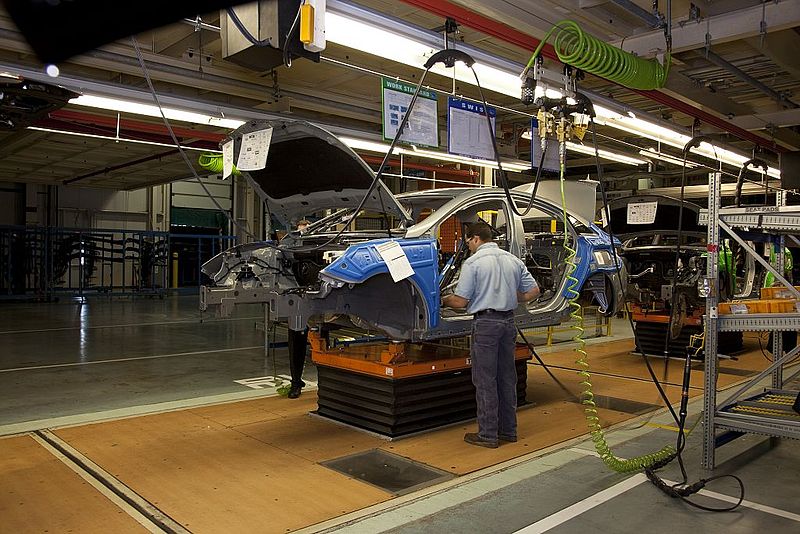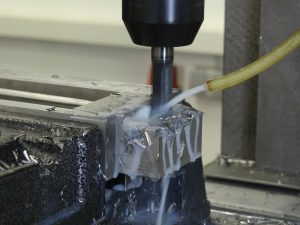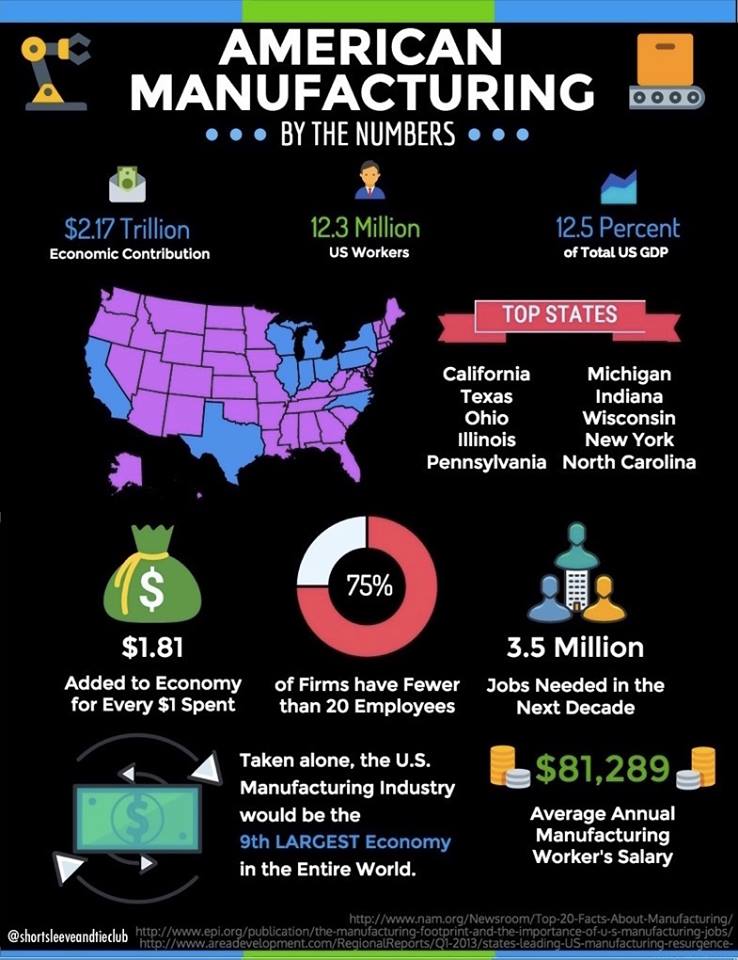
The manufacturing realm may seem limited, but in reality, there are a wealth of options that you can choose from when pursuing manufacturing.

The population is growing. As the population grows, there are more people. More people means more things. More things mean more manufacturing jobs. Short of the Walking Dead becoming a reality, manufacturing jobs are here to stay, and your options are only growing.
To begin this discussion on potential opportunities, let’s define what we mean when we discuss “manufacturing” as a career choice. In this sense, we are going to strictly look at the engineering realm that focuses in on manufacturing. This means anything from processes engineering to technology-intensive production, even to jobs that involve hands-on work with milling machines and 3D printers. With our scope defined, let’s see what options we have to get involved in the manufacturing industry.
In the broader spectrum of the industry, there is an estimated need to replace 10 million manufacturing jobs in the US alone in the next 15 years. To grasp the full scope of the industry, you can take a look at the infographic below.
Improvements to additive manufacturing technologies and other processes have created an environment that is ripe with innovation and opportunity. With technological growth comes the fear of automation. Automation certainly threatens the jobs of less skilled workers in the manufacturing industry, but for the most part, it has made the jobs of engineers and machinists easier than ever. With this growth of automation technology, the job of the manufacturing engineer has not only gotten more innovative but also much more exciting.

If you like the planning aspect of manufacturing, you can delve into the realms of industrial engineering or processes engineering. This gives you the chance to step back from the individual manufacturing tasks and design the whole process. Pursuing this path would present you with problems of efficiency, optimization, and planning. This is a broad description of what these job paths entail, but it should give you some idea of the direction that is possible within manufacturing planning.
Planning not your thing? Well, there are virtually an endless number of processes that you can get involved with. Computer aided manufacturing (CAM), simulation, additive manufacturing, milling, assembly – manufacturing has it all. Additive manufacturing is by far the hottest aspect of the manufacturing industry in the current climate. With the rapid growth of 3D printing and other additive techniques, the limitations of what can feasibly be manufactured are shrinking. Apart from cost and scalability concerns, additive manufacturing has the potential to solve many of the bottlenecks in the current engineering fields. If you enjoy being on the cutting edge of technology, you may want to consider additive manufacturing as a career path. Within that realm, you could design the production software, the machines, or even solve problems for specific clients in their design process. While additive is the most talked about manufacturing process currently, CAM design, and milling are nonetheless essential to the broader industry.
Computers have completely shifted the milling industry and essentially created the CAM industry. This means that most design and production of parts majoritively occurs behind the screen of a computer. While you’ll be sitting at a desk in the design process, this aspect of manufacturing engineering isn’t your typical desk job. You’ll be solving problems and creating new parts and components that can be used in virtually anything that is manufactured. Every company that produces a physical product is going to be needing a designer who knows his way around all of the top manufacturing programs on the market. As sort of a niche market of the manufacturing realm, you can also work in the simulation industry. This essentially means that you will be analyzing parts and components through computer programs to determine how they will react in the real world. While it is a small industry, it’s an option to pursue when looking into manufacturing.
The jobs discussed here are by no means the extent of what is possible within manufacturing. If you can think of something that gets done in the manufacturing of a part or product, there’s likely a job that directly correlates. Manufacturing continues to be a growing industry that shows promise for job growth and innovation. Whatever you do from now on, understand that Manufacturing has a wide array of job opportunities and experiences to offer you as the innovative engineer that you are.
Sources: Cerasis, Pddnet, Pioneer Service, World Wide Learn
Infographic provided by the Short Sleeve and Tie Club



